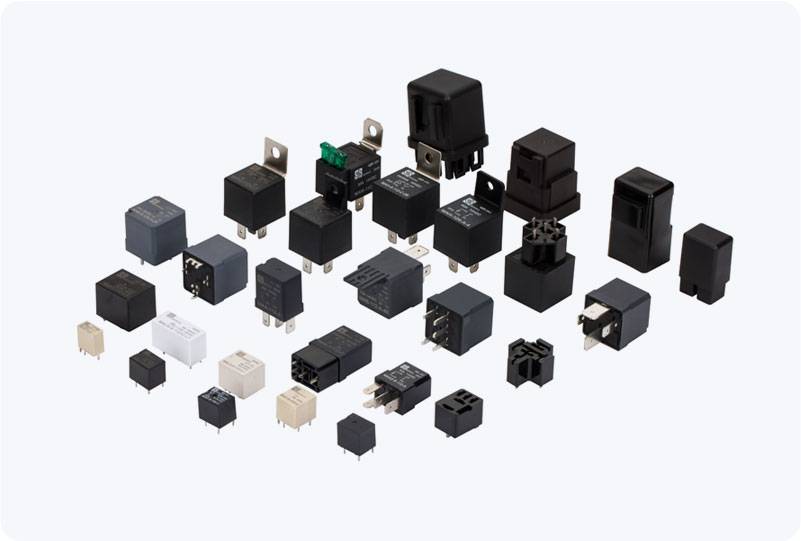ag alloy contact relay: a key component for reliable electrical switching
Release time:2025-07-19 19:05:13
AG Alloy Contact Relays are critical components in modern electrical and electronic systems, widely used for their exceptional durability and efficiency in switching applications. These relays incorporate silver alloy (Ag Alloy) as the material for their contacts, offering a balance between excellent conductivity and resistance to wear and electrical arcing. In this article, we will explore the working principle, advantages, and applications of AG Alloy Contact Relays, demonstrating why they are indispensable in various industries today.

Working Principle of AG Alloy Contact Relays
The operation of an AG Alloy Contact Relay is similar to that of any other electromechanical relay. At its core, the relay consists of an electromagnet (coil), a movable armature, and one or more pairs of contacts. When an electrical current passes through the coil, it generates a magnetic field that attracts the armature, causing the contacts to either close or open, depending on the relay's configuration. This action allows the relay to control the flow of electricity in a circuit, either activating or deactivating it.
The primary differentiator in AG Alloy Contact Relays is the material used for the contacts. Silver alloys, often combined with other metals like copper or palladium, are chosen for their ability to withstand high electrical currents without significant degradation. This choice of material ensures that the relay can handle frequent switching without the contacts wearing out prematurely, which is a common issue with relays using less durable contact materials.

